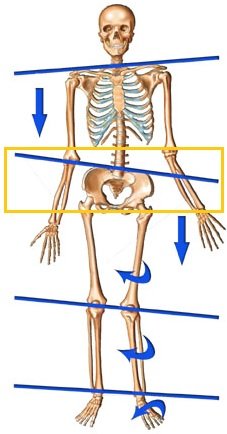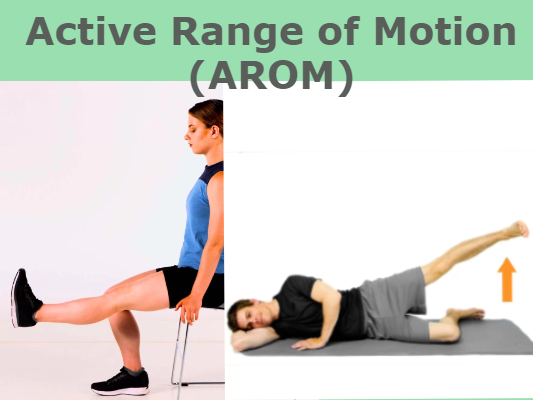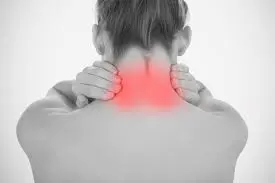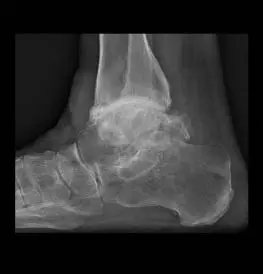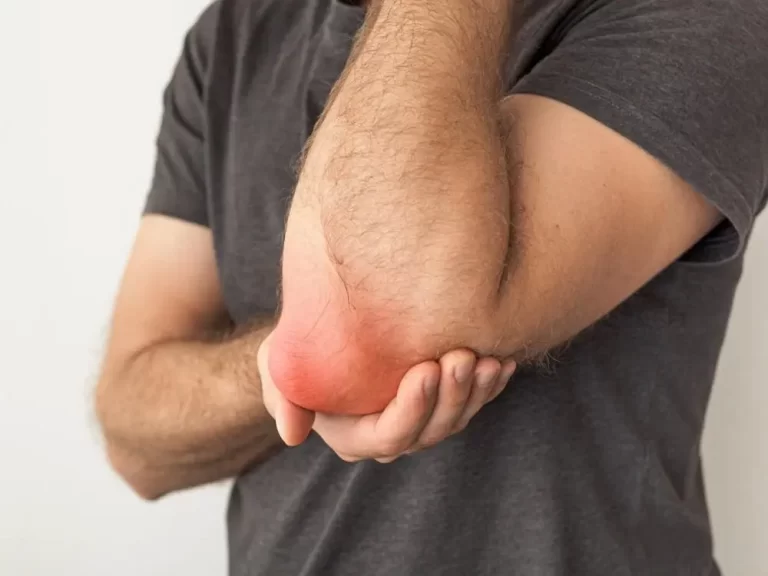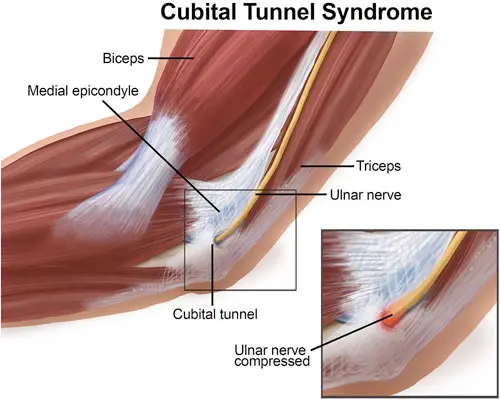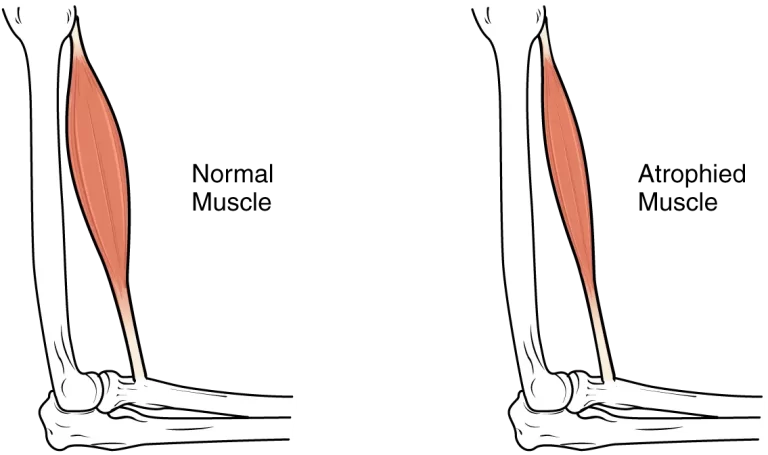Lateral pelvic tilt exercise: Health Benefits, Corrective exercise?
Lateral pelvic tilt exercise is great way to improve lateral tilt posture and also there many health benefits associated with it. There are various cause of lateral pelvic tilt and exercise is most natural way to correct it.
What is lateral pelvic tilt exercise?
The pelvic tilt is the positioning of your pelvis with the body. If your pelvis is altered, it is usually tilted one way or another and can lead to many other disruptions in the kinetic chain. there have a lot of pelvic tilt issues, and the hip flexors and extensors are heavily influenced. the lateral pelvic tilt is one of them.
The lateral pelvic tilt is asymmetric positioning of the pelvis where one waist height is higher than another side this is called a hip hike or one waist height is lower than the other side this is called a Hip drop. This is also known as uneven hips.The lateral pelvic tilt occurs due to tightening and shortening of the adductor muscles, gluteus medius, and quadratus lumborum on one side of the body and weakening and lengthening of the same muscle on another side.
The most common symptoms that occur due to lateral pelvic tilt is uneven walking or altered gait due to one hip dropping, or bad posture.The lateral pelvic also happens due to weak gluteus maximus and abdominal muscles.
Left side pelvic tilt: Left side pelvic tilt occurs when your right side of the pelvis is elevated higher than the left side.
Right side pelvic tilt: Right side pelvic tilt occurs when your left side of the pelvis is elevated higher than the right side
There are several known causes of a lateral pelvic tilt, including scoliosis and leg length discrepancy, but one of the most common culprits of this postural discrepancy is bad posture.
Symptoms of lateral pelvic tilt:
- Tight muscles in the pelvic and thigh areas.
- Weak gluteus maximus and abdominal muscles.
- Bad posture with the lower spine curving in, and a protruding tummy.
- Uneven Hips & Gait: The most obvious symptom of a lateral pelvic tilt is having an uneven walk or gait due to one hip dropping lower than the other.
- Uneven Shoulder Heights: The higher hip will usually result in the shoulder on the same side, being lower than the other side.
- Apparent Leg Length Discrepancies: A lateral pelvic tilt is often confused with another condition known as leg length discrepancy. The person with a lateral pelvic tilt may think they have one leg longer than the other, or one leg shorter than the another.
- Internal Rotation of the Leg: The bones of the leg usually rotate internally as a result of a lateral pelvic tilt. What is not to be ruled out is that the internal rotation of the leg could also be the cause of the lateral pelvic tilt, rather than the result. If it is the cause, then the problem starts down at the foot. Typically, one foot will be pronated where the ankle is rolled inward, this could be a flat foot or a collapsed arch. When one foot becomes pronated, the shin bones and the femur rotate inward and the hip will drop.
- Other Symptoms: While mild to moderate cases of right or left pelvic tilt usually do not produce any noticeable symptoms, severe or longstanding cases of left or right pelvic tilt may cause muscle tightness and low back pain.
- If this is left or untreated, a lateral pelvic tilt may lead to more serious medical issues, like as: Disc degeneration lateral pelvic tilt may cause disc degeneration due to the distortion of the lumbothoracic spine. One study found that individuals with a high degree of pelvic tilt also had a higher incidence of disc degeneration within the L4 to L5 segment of the lumbar spine, regardless of age or gender. Sacroiliac joint pain – Lateral pelvic tilt can lead to an asymmetrical positioning of the sacrum about the ilia, or “wings”, of the pelvic girdle. This asymmetry may result in sacroiliac joint pain.
Health benefits of lateral pelvic tilt exercise.
- Helps to strengthen your abdominal muscles.
- Tighten your abdominal muscles.
- Helps to relieve chronic lower back pain.
- Help to achieve flatter abdominals.
- Helps to increase the strength of pelvic floor muscle.
- Help to reduce lumbar lordosis induce by bad posture.
- Pelvic tilts are a safe way to work your abdominal muscles and stretch out the base of your spine.
- Helping relieve pelvic pain.
- Recommended at all stages of pregnancy for relief of back and pelvic pain.
Lateral pelvic tilt correction exercises.
Reverse leg raises
How to do it?
- This exercise helps to strengthen your gluteus muscles and improve hip flexibility.
- To perform this exercise You have to lie on your tummy (prone position). your both legs are resting on a floor. your head resting on your hands.
- Raise one leg and keep the knee straight throughout the movement.
- Your one leg resting on the ground.elevated leg hold for 5 to 7 seconds then lower down the leg.
- Do 12 to 14 repetitions on one leg then go for another leg.
Reverse standing leg raises
How to do it?
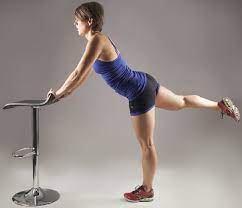
- This exercise helps to strengthen your gluteus muscles and improve your balance.
- You have to stand near a wall or hold one chair in your hand for balance.
- Stand straight, engage your abdominal muscle, and lift your right leg off the floor behind you.
- Keep your leg straight behind you as much as possible with comfort and without putting pressure on your back.
- Hold this position for 5 to 10 seconds, repeat it floor 10 to 15 times.
- Now do this exercise for the left leg raised behind you.
Hip hike
How to do it?
- This exercise is helpful to improve hip and core muscles and improve pelvic alignment.
- To perform this exercise You have to stand straight and take one step stool on your right side.
- Your right leg is put on a stool and your left leg is free on-air, now you have to move your left leg up and down.
- Your whole body weight is put on a right leg. do this movement for 10 seconds.
- Return to starting position and repeat 8 to 10 times. do this for another leg.

Clamshell
How to do it?
- This exercise will help to improve your hip mobility and strengthen your gluteus muscles.
- To perform this exercise you have to lie down on your right side with your both knee flexed ninety-degree angle, and your bottom hand supporting your head.
- Your both hip slightly flexed. and your spine should be relaxed and stable.
- Raise your left knee towards the ceiling but your foot keep together, you only move your knee.
- Hold this for 5 to 10 seconds. then lower down.
- Do 10 repetitions on one leg then switch the side.
- Make sure you have to maintain your spine straighten not rotate.
Hip adduction
How to do it?
- Hip adduction exercise will help to strengthen your adductor muscles, which are located on the inner side of your thigh.
- For this exercise, you have to lie down on your right side with your both knees ninety a degree angle, and your bottom hand supporting your head.
- Your spine should be relaxed and stable. cross your left leg with your right leg, your right leg should be straight.
- Lift your right leg from the ground as you can comfortably.
- Hold for 5 to 10 seconds.
- Do this movement for another leg side.
- During this move, you are not turning your hips.
Side Plank
How to do it?

- This is an excellent exercise for your lateral side pelvic tilt.
- It is also helpful to strengthen the obliques and deep spinal stabilizing muscles, as well as the hips and shoulder muscles. You will start on your prominent side.
- You have to hold your upper body on the bottom of the elbow with your hand out in front of you for maintaining balance.
- Your elbow should be directly under your shoulder.
- Your both legs are put together for touching your heels now raise your hips into the air by engaging your core and glutes. If you feel balanced, try to elevate your top arm towards the ceiling or you can rest it on your upper hip.
- Repeat this exercise and move to another side.
- To modify, keep your bottom knee on the ground for extra support.
- Try to hold this position for 20 to 30 seconds.
The complication occurs due to altered pelvic:
- Tension in the cervical muscles.
- Lower back pain.
- Inward rotation of the hip joint and knee joint.
- Hip and knee pain Pressure on the hip flexor muscle cause sciatica symptoms.
- Gait altered.
When you did not do lateral pelvic tilt exercise?
- If you have severe back pain.
- If you feel any pain during exercise.
- If you have just delivered after pregnancy.
- If you are healing from any surgery injury of your back, abdomen, pelvis, hip joints, knees, or ankles.
- If Your Doctor refused to do exercise.
- If exercise will increase your symptoms.

